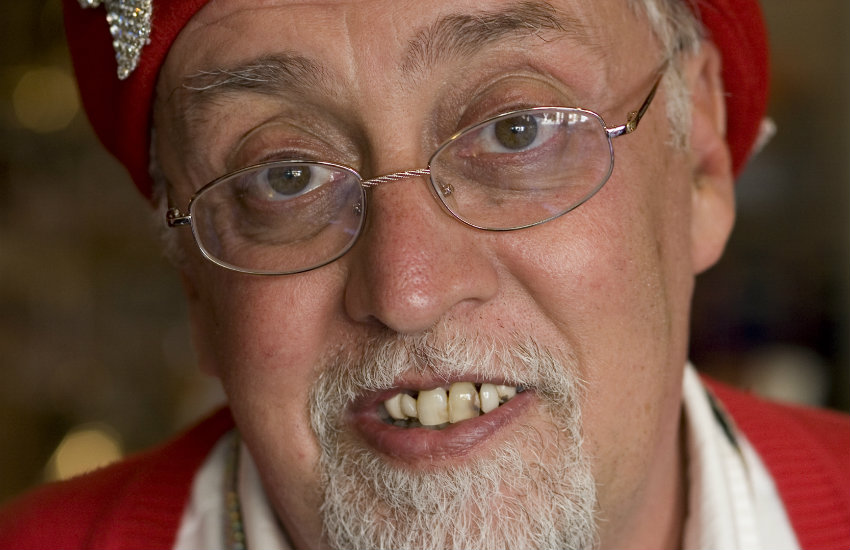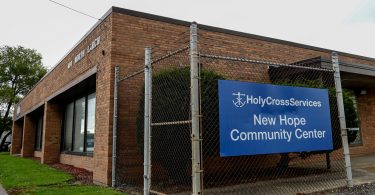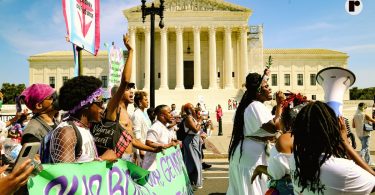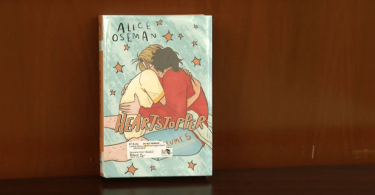The late Baker | Photo: Wikimedia/Gareth Watkins
The highly anticipated memoir of Gilbert Baker, the creator of our iconic rainbow flag, is coming out next year.
Chicago Review Press announced plans to publish Rainbow Warrior in June 2019. Baker began writing the book before his death on 31 March 2017 at the age of 65.
The book’s release will also coincide with the 50th anniversary of the Stonewall Riots.
Baker is best known as the creator of the rainbow flag. Encouraged by Harvey Milk, the flag came about as a replacement for the pink triangle — the symbol Nazis used to designate gay and queer men in the Holocaust.
Baker’s life, however, extended far beyond the flag.
On the forefront of activism
Baker was born in Kansas in 1951. While serving in the Army from 1970 to 1972, he was stationed in San Francisco. In the city known for its commitment to gay rights, Baker began living his life as an openly gay man.
After an honorable discharge from the military, he became heavily involved in activism. Baker fought for gay rights, the legalization of marijuana, and anti-war efforts.
During this time, his friendship with Milk began, as also explored in the children’s illustrated book Pride.
‘Millions know about the rainbow flag, yet they do not know about the amazing man who created it,’ said Charley Beal, head of projects for the Gilbert Baker Estate, in a statement.
With the publication of this book, Beal said Baker ‘will gain his rightful role as a legend in LGBTQ+ history’.
Here’s a preview
Before his passing, Baker posted an excerpt from the book on his website:
At this point, the pink triangle was the symbol for the gay movement. But it represented a dark chapter in the history of same-sex rights. Adolph Hitler conceived the pink triangle during World War II as a stigma placed on homosexuals in the same way the Star of David was used against Jews. It functioned as a Nazi tool of oppression. We all felt that we needed something that was positive, that celebrated our love.
As Artie implored, I looked at the flags flying on the various government buildings around the Civic Center. I thought of the American flag with its thirteen stripes and thirteen stars, the colonies breaking away from England to form the United States. I thought of the vertical red, white, and blue tricolor from the French Revolution and how both flags owed their beginnings to a riot, a rebellion, or revolution. I thought a gay nation should have a flag too, to proclaim its own idea of power.
As a community, both local and international, gay people were in the midst of an upheaval, a battle for equal rights, a shift in status where we were now demanding power, taking it. This was our new revolution: a tribal, individualistic, and collective vision. It deserved a new symbol.
H/t: HuffPost







